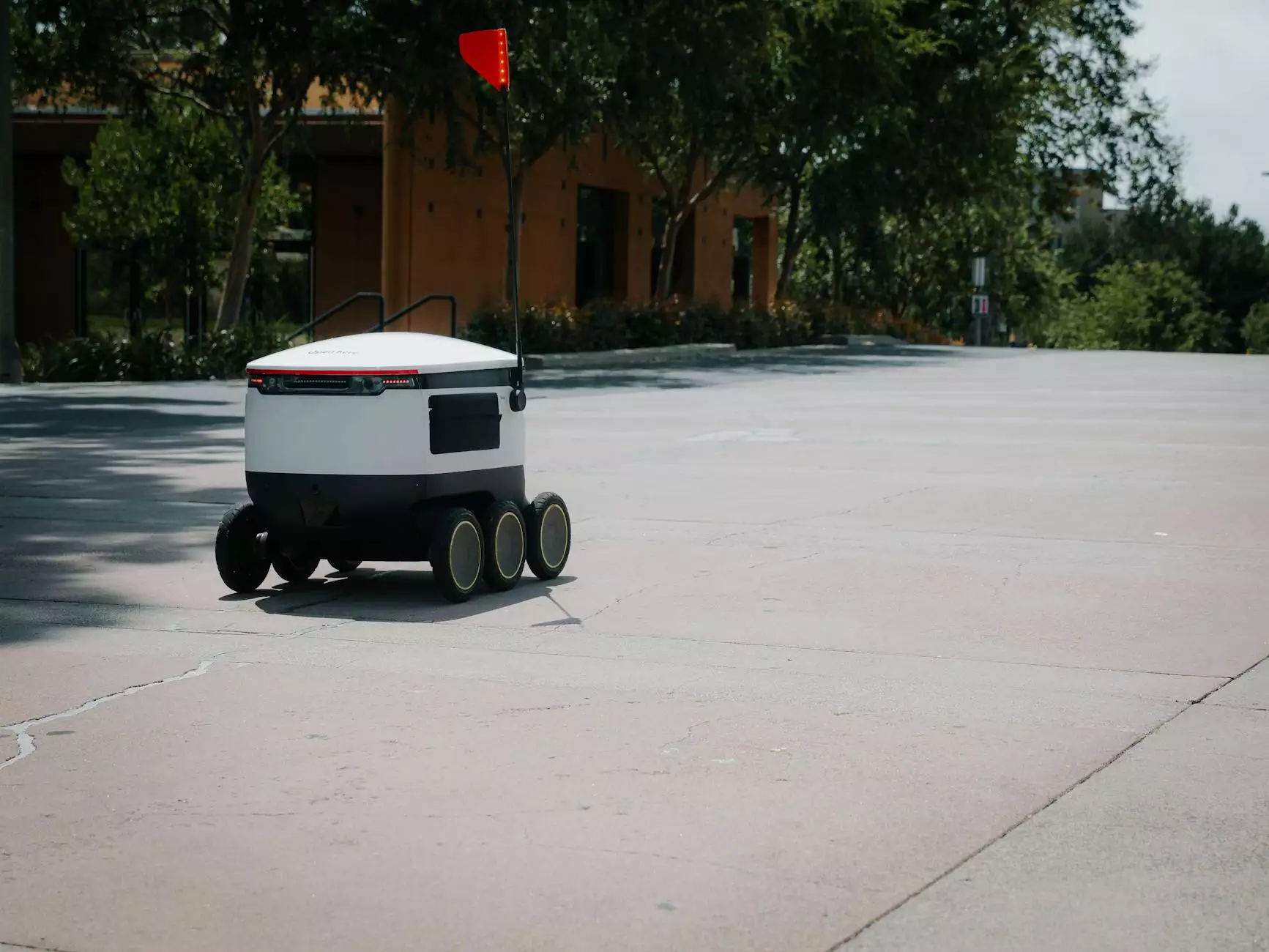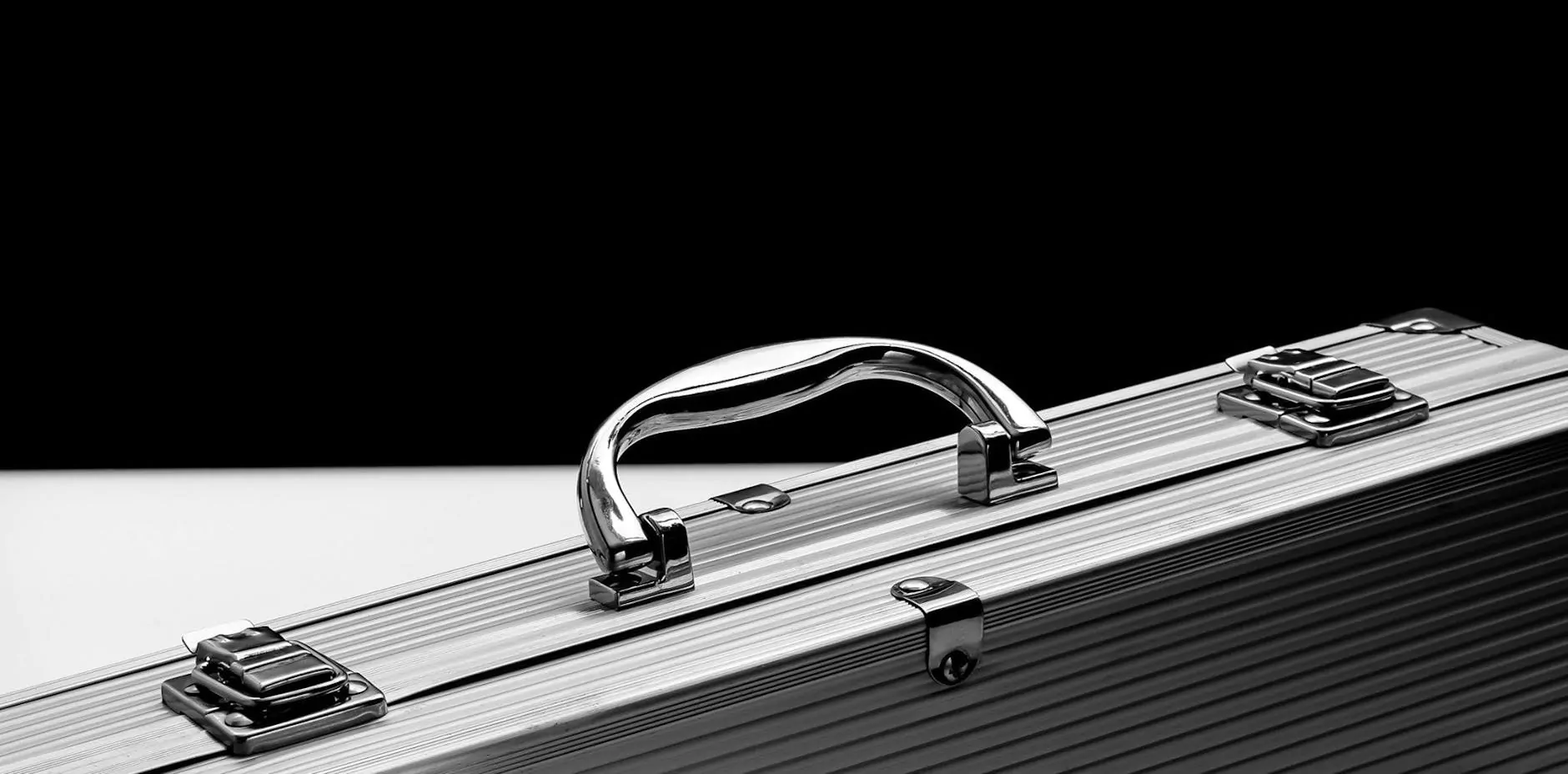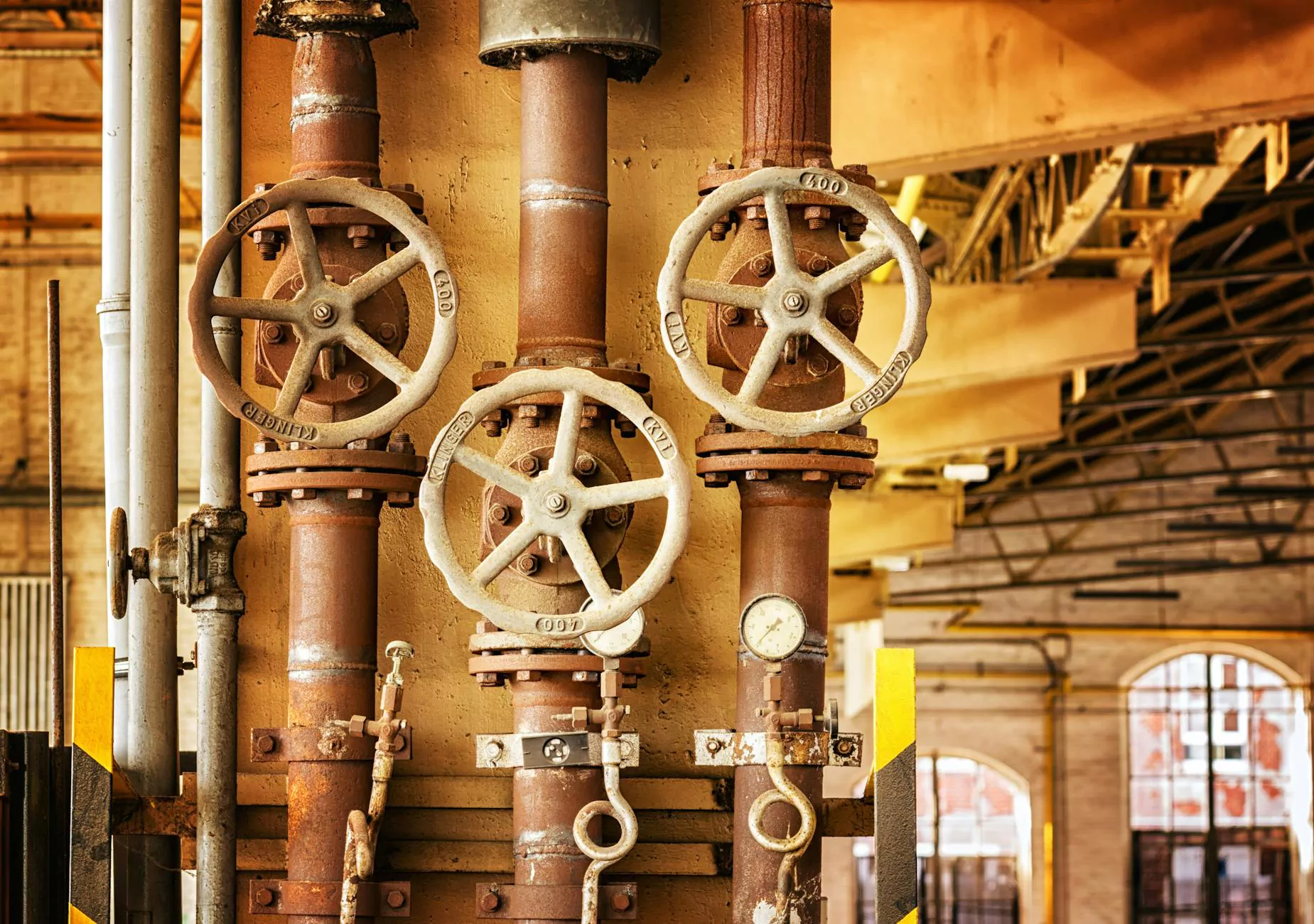3D Printing: Revolutionizing the Sweeping Machine for Road

Introduction
In recent years, the sweeping machine for road industry has witnessed a groundbreaking transformation with the advent of 3D printing technology. This cutting-edge innovation has revolutionized the way these machines are designed, manufactured, and operated, enhancing their efficiency, durability, and overall performance significantly. In this article, we will explore the immense potential of 3D printing in the sweeping machine for road industry and delve into the various ways it is reshaping the landscape.
The Power of 3D Printing
3D printing, also known as additive manufacturing, involves the creation of three-dimensional objects by layering materials based on a digital design. Unlike traditional manufacturing methods, which often require complex and costly processes, 3D printing offers numerous advantages in terms of time, cost, and design possibilities. By harnessing the power of 3D printing, sweeping machine manufacturers can customize their products precisely according to client requirements, resulting in highly tailored and efficient solutions.
Enhanced Design Capabilities
One of the most significant benefits of utilizing 3D printing in the sweeping machine for road industry is the enhanced design capabilities it offers. This advanced technology facilitates the creation of complex, intricate, and lightweight designs that were previously challenging to achieve. With 3D printing, manufacturers can optimize the internal structure of the sweeping machine, making it more lightweight without compromising on strength and durability. This not only improves the overall efficiency of the machine but also reduces fuel consumption, leading to cost savings and environmental benefits.
Improved Performance and Durability
3D printing enables the use of advanced materials, such as carbon fiber composites, which possess exceptional strength-to-weight ratios. By incorporating these materials into the construction of sweeping machines, manufacturers can significantly enhance their performance and durability. These machines can withstand harsh operating conditions, including heavy-duty sweeping tasks, without compromising their structural integrity. Additionally, 3D printing allows for the integration of sensor technologies, enabling real-time monitoring and data analysis to optimize performance and detect maintenance needs.
Streamlined Production Process
Traditionally, the production of sweeping machines involved multiple stages, including molding, welding, and assembly, which often resulted in longer lead times and increased costs. However, with 3D printing, the entire production process can be streamlined and consolidated into a single step. This not only reduces the time required for manufacturing but also minimizes material waste. Moreover, 3D printing allows manufacturers to create spare parts on-demand, eliminating the need for extensive inventory management and reducing downtime for maintenance and repairs.
Cost Savings and Economic Efficiency
By leveraging 3D printing technology, sweeping machine manufacturers can achieve significant cost savings and improve economic efficiency. The ability to design and produce highly customized machines with minimal material waste ensures optimal resource utilization, leading to reduced production costs. Furthermore, the enhanced durability and performance of 3D-printed sweeping machines result in lower maintenance and repair expenses over the machine's lifespan. These cost savings directly translate into improved profitability for businesses and increased return on investment for clients.
The Future of the Sweeping Machine Industry
The adoption of 3D printing in the sweeping machine for road industry has opened up a world of possibilities for next-generation machines. As technology continues to evolve, we can anticipate even more advanced capabilities, such as autonomous sweeping machines equipped with artificial intelligence and machine learning algorithms. These intelligent machines will adapt to different environments, optimize sweeping routes, and enhance overall efficiency. The integration of 3D printing technology paves the way for a greener and more sustainable future by promoting resource efficiency, reducing material waste, and minimizing environmental impact.
Conclusion
3D printing has undeniably disrupted the sweeping machine for road industry, propelling it into a new era of innovation and efficiency. The power of this groundbreaking technology lies in its ability to transform design capabilities, improve performance and durability, streamline production processes, and generate significant cost savings. As we look ahead, it is evident that 3D printing will continue to shape the future of the sweeping machine industry, offering endless possibilities for enhanced functionality, sustainability, and economic prosperity.









